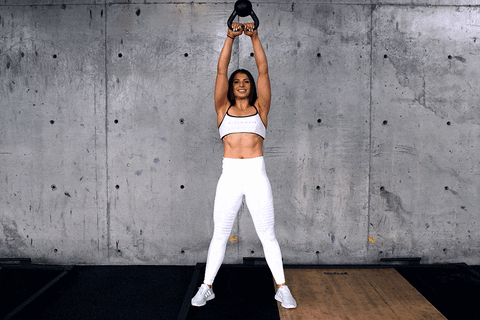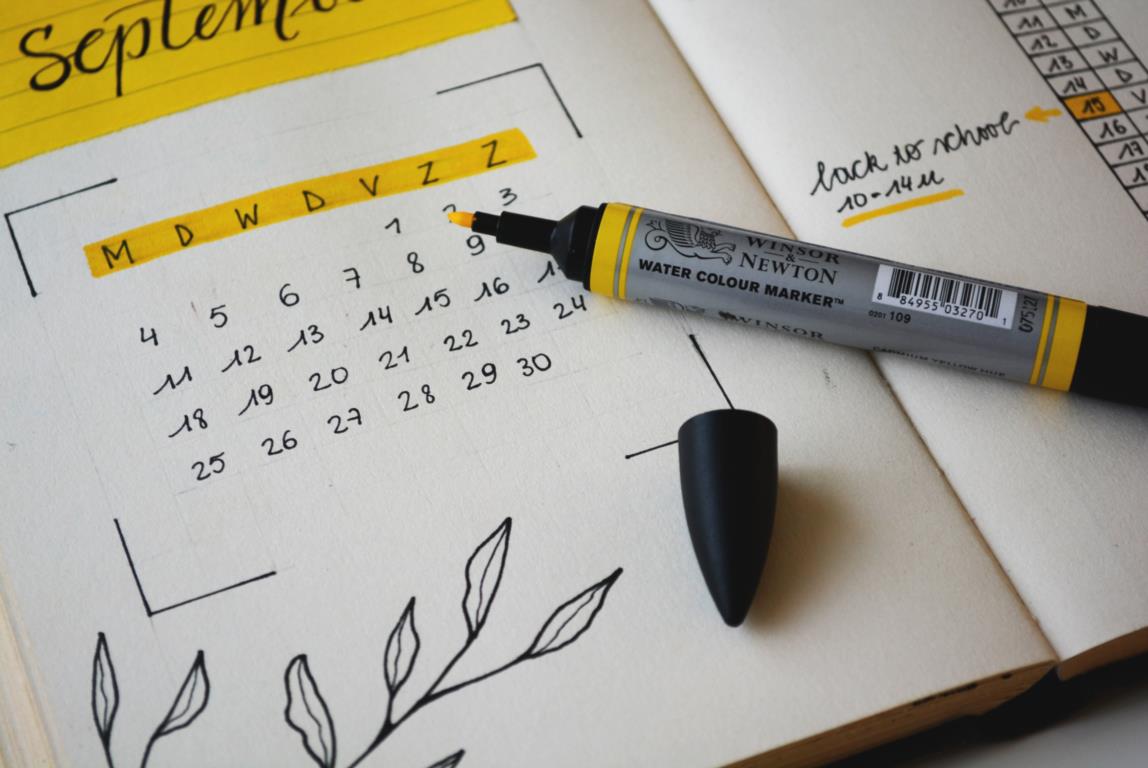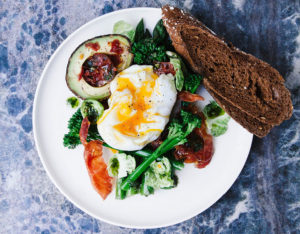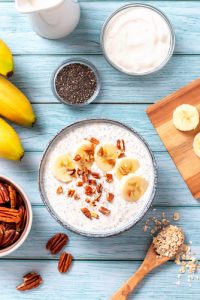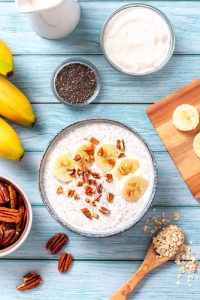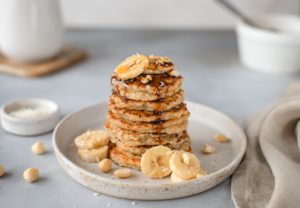Everyone wants 6-pack washboard abs! To achieve this you need to target each area of the abdominal muscles. That way you’re toning and strengthening the core muscles which will give you that sculpted look. With the right suited diet and exercise regime that is made for you, results can vary, so consulting with a fitness professional will get you set up for success!
We’re showing you 5 awesome kettlebell ab exercises that target each of these areas. They also are fantastic for helping you with other areas of fitness too.
Here are 5 kettlebell abs exercises to try:
- The Standard Kettlebell Swing
- Kettlebell Russian Twist
- Turkish Get-Up
- Kettlebell Sit-Up
- Kettlebell Oblique Standing Side Bend
For these ab burning exercises, our PT’s recommend trying 3 sets of 10-12 reps for the ultimate workout. However, this will depend on your own fitness level and experience, so if you’re not sure how many to do, ask one of our friendly personal trainers!
#1 – The Standard Kettlebell Swing
The classic kettlebell swing is probably one of the first exercises you will learn. It’s great for increased jumping power and training the important muscles of the posterior kinetic chain. For reference, this would be your butt, biceps, and your spinal muscles.
To start off, perform kettlebell swings for one full minute and rest. Complete this set for 10 minutes max if you’re beginning to learn how to perform this exercise.
Here’s how to do a standard kettlebell swing:

- Start by standing feet shoulder-width apart with the kettlebell being held off the ground.
- Bend at the waist, palms should be facing your body and torso should be nearly parallel to the ground.
- Pull your shoulder down and back. Engage your core. Lift the kettlebell off the ground. Knees should be bent, back flat and neck straight.
- Drive the movement from your hips and propel forward with the kettlebell swinging into the air. Control the movement with your arms. Make sure you don’t swing past your shoulders.
- Swing back down through your legs.
- Follow the same movement as you swing back up again into the next rep.
#2 – Kettlebell Russian Twist
This exercise is great to target your obliques and abdominal area. The best way to perform this exercise is to bring your legs close to your body. Also making sure your upper body is raised in a “v” shape will help you feel comfortable.
With this type of ab exercise, you don’t need to be doing it every single day to get abs, in fact, it’s not necessary to do abdominal training every day.
Watch how to do a kettlebell Russian twist:

- Lie on your back and keep your knees bent.
- Lift your upper body up so it creates an imaginary V-shape with your thighs.
- Grab your kettlebell and hold it between your hands.
- Engage your core and twist your torso to one side lifting the kettlebell in the same direction.
- Hold the position and move back to the starting position.
- Repeat on the other side.
#3 – Turkish Get-Up
The Turkish Get-Up is maybe one of the more challenging kettlebell exercises that you can learn to do. It’s an exercise that essentially teaches you how to lift. It’s also a great way to teach your body awareness and control. Gripping the kettlebell properly, lifting your shoulders and prevent your elbow from bending will ensure that you are performing the Turkish get-up properly!
Here’s how to do the Turkish get up:

- Roll onto your back and hold the kettlebell up with your right arm.
- Position your legs so that they form a 45-degree angle with your body. Keep your right leg bent and your right foot flat to the floor. Then place your left arm out at a 45-degree angle for support when you push off from the ground.
- Push off to your left with your right foot, keep the kettlebell up and press your left elbow into the floor.
- Lift your left leg and pull it underneath yourself. Then lower yourself to your left ankle.
- Now stand up whilst pressing your right foot into the floor to stand. Keep your elbow locked and wrist straight (your kettlebell hand).
#4 – Kettlebell Sit-Up
This kettlebell exercise is not only great for your abs but also your back and hips. It’s a wonderful exercise to try to strengthen your muscles and focusing on your core. To perform this exercise correctly, it’s vital that you hold the kettlebell tightly and to not let the weight rest on the body. When lowering yourself, do it slowly and with control to get the maximum benefits of the exercise.
Learn how to do the kettlebell sit-up:

- Hold the kettlebell between both hands and lie down on your back.
- Place your feet firmly on the ground and bend your legs. This will help stablise your lower body.
- Curl your body up while lifting the kettlebell up to the ceiling. Exhale as you lift up. Keep your back straight.
- Slowly lower yourself down, whilst holding the kettlebells straight up.
#5 – Kettlebell Oblique Standing Side Bend
This exercise helps target and strengthen your obliques. It’s the best workout to lose your love handles! Make sure your back remains straight throughout the exercise. Also, the movement should be to the side only so that you prevent any strain on the back or spine.
This is how to do a kettlebell oblique standing side bend:

- Stand up straight while holding the kettlebell. Your feet should be placed at shoulder width.
- Breathe in and bend to one side. Hold for a second then come back to your starting position. The rest of your body should be stationary.
- Repeat the movement on the other side.
Strengthen your core & improve your fitness with our personal trainers
If you’re keen to learn more kettlebell exercises or looking to change up your fitness routine, our world-class trainers can help. They’re trained to teach you the right form and technique, along with supporting you on your fitness journey.
Get in touch with one of our friendly Crunch staff members now to book your session to get started.


